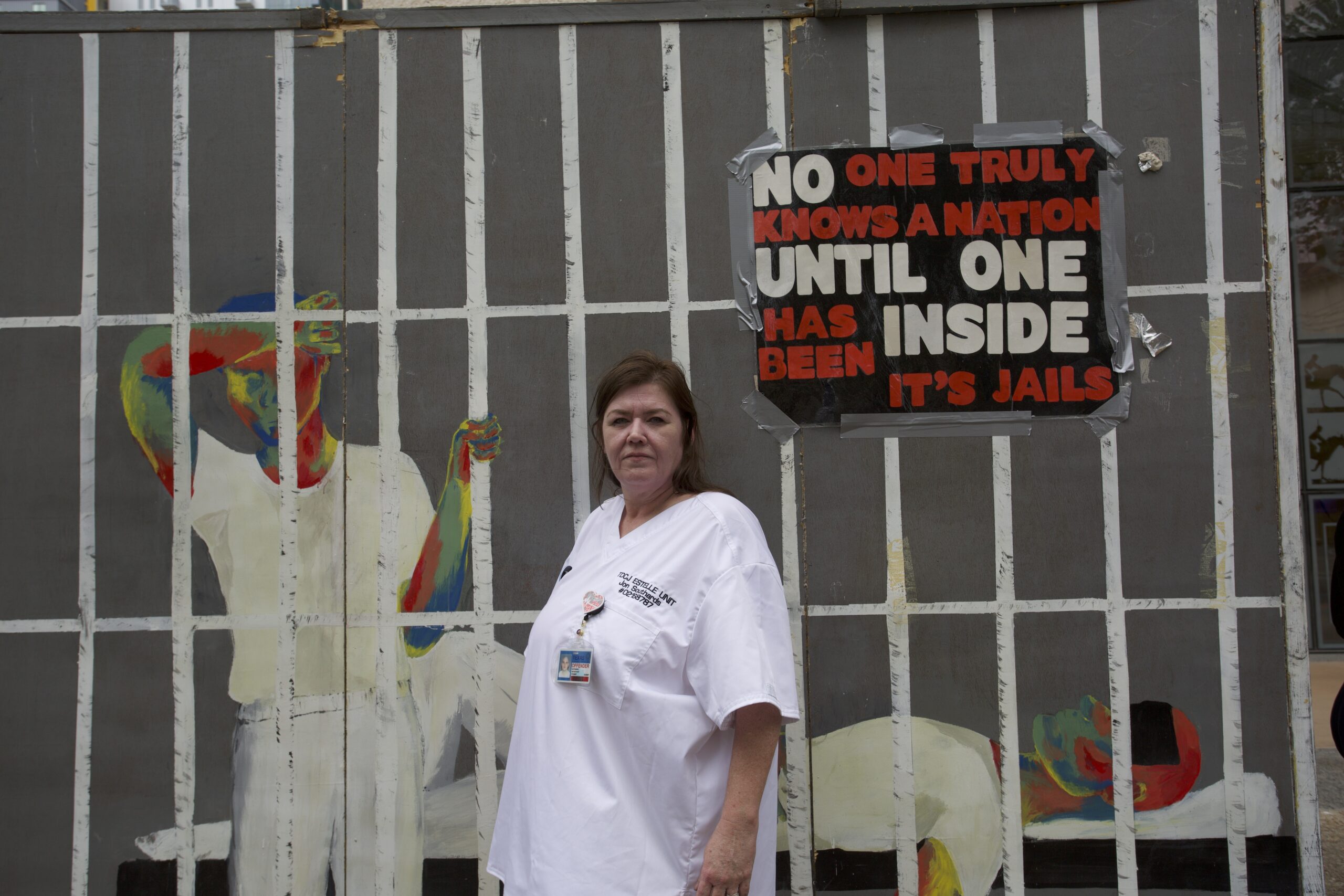Jim Hightower
Ecuador vs. Texaco
Even the jaded residents of the Big Apple had to stop and gawk at this sight: a group of Amazon tribal leaders in native dress striding down the sidewalks of lower Manhattan.
The leaders had come from deep within the Ecuadorian rainforest and were headed to U.S. court seeking a measure of justice: “We demand that Texaco come back and clean up the damage it caused,” one of them said. He was referring to Texaco’s horrific contamination of his homeland by reckless and illegal oil drilling practices.
For twenty years, the oil giant pumped billions of dollars’ worth of crude from there. But rather than reinjecting the toxic wastes that come up with the oil, Texaco simply poured them out on the land and into the waterways. This stuff is loaded with benzene, toluene, and other deadly poisons — and the corporation was dumping some 10 million gallons of it every day. By contrast, the Exxon Valdez oil spill in Alaska totaled about 480 million gallons — forty-eight days’ worth of the discharge that Texaco poured into this rain forest 365 days a year … for twenty years.
Texaco executives took the oil (and the profits), leaving people with their oily, toxic mess, which has now spread and so saturated this region that families can’t drink the water, and have to keep buckets of gasoline at their doorways to clean off after they’ve been outside.
The oil executives did this simply because it saved them money. Plus, they thought they could get away with it, since no one was watching except the tribal people — and what could they do to mighty Texaco?
Sue the SOB’s for a billion bucks, that’s what! They’ve sued Texaco in New York because, as they put it, this is where the executives sat high up in their corporate suites and coldly made decisions to poison a whole rain forest and thousands of people. To learn more about this historic suit, call (617) 338-4080.
FURIOUS WITH FURRIERS
Time for another chapter in “The Lifestyles of the Rich . . . and Cranky.”
Today’s show takes us deep inside one of the most fabulous zip codes in the world: 90210. That’s right, Beverly Hills, California — where one’s wealth is assumed, being ostentatious is applauded, and the official town motto is: “Too much is not enough.”
But the Washington Post reports that there are some pretty pouty faces these days among the 33,000 denizens of this enclave of privilege, because a rude wave of consumer activism has suddenly intruded into their realm. Some agitators have targeted the fur salons of Beverly Hills, demanding that labels be attached to each precious pelt they sell, notifying possible purchasers that something not too nice might have happened to the critter whose furry hide they’re about to buy. Specifically, the proposed label would read: “Consumer notice: This product is made with fur from animals that may have been killed by electrocution, gassing, neck-breaking, poisoning, clubbing, stomping or drowning and may have been trapped in steel-jaw leghold traps.”
Mayor Les Bronte is upset about this proposal, declaring: “We don’t need a pelt posse here.” But he can’t blame outside agitators or crazed animal rights activists, because this is a movement of local residents who got their “Truth in Slaughtering” initiative on the ballot by collecting the signatures of 3300 Beverly Hills voters. Indeed, the Beverly Hills Consumers for Informed Choices say some of their own leaders wear fur coats — it’s not the fur they object to, but the gruesome method the industry uses to kill the animals. The issue, they say, is “truth in advertising.”
What next — diamond dealers having to disclose the inhumane treatment of workers down in the diamond mines? It’s just no fun being rich if you have to know all this stuff.
CORPORATE HOGWASH
Time for another “Hog Report” … and today, I’m reporting on hoggishness in the hog industry itself. Corporations are moving into pork production on a huge scale, and what a mess they’re making.
First is the environmental mess. Unlike independent family farmers, who produce only the number of hogs that are in balance with the amount of land they have, corporate operators are jamming hundreds of thousands of porkers into massive factory facilities on small amounts of land. One result is a flood of hog waste that is contaminating our air and water.
In North Carolina, for example, corporate hog factories have caused almost a 300-percent increase in the number of hogs — and the state is now awash in thirty-eight billion pounds of feces and urine from these porkers. That’s more waste than the city of Charlotte generates in fifty-eight years! Of course, human sewage has to be treated, but the political power of the corporate operators has let their lagoons of hog waste go virtually unregulated … and untreated.
The second mess is economic. The factory facilities are churning out such an oversupply of hogs that the price paid to independent farmers by the packing houses has plummeted to Depression-era levels. These farmers are getting twenty dollars for an animal that cost more than $100 to produce — so thousands of them are being squeezed out of business. The factory farms, however, can survive because they are being paid a much higher price by the packing houses. Why? Because the packing houses often own a good-sized chunk of the corporate hog operation, so in effect it’s paying itself, even while it’s squeezing out the competition. Meanwhile, these monopolistic meatpackers are able to keep charging us consumers a high price for pork.
The bottom line is that hog factories are killing the independent farmer, holding-up us consumers, and polluting our environment. So — who needs them?
Jim Hightower’s radio talk show broadcasts daily from Austin, on over 100 stations nationwide. His book, There’s Nothing in the Middle of the Road but Yellow Stripes and Dead Armadillos is in paperback. Find him at www.jimhightower.com, or e-mail: [email protected].


